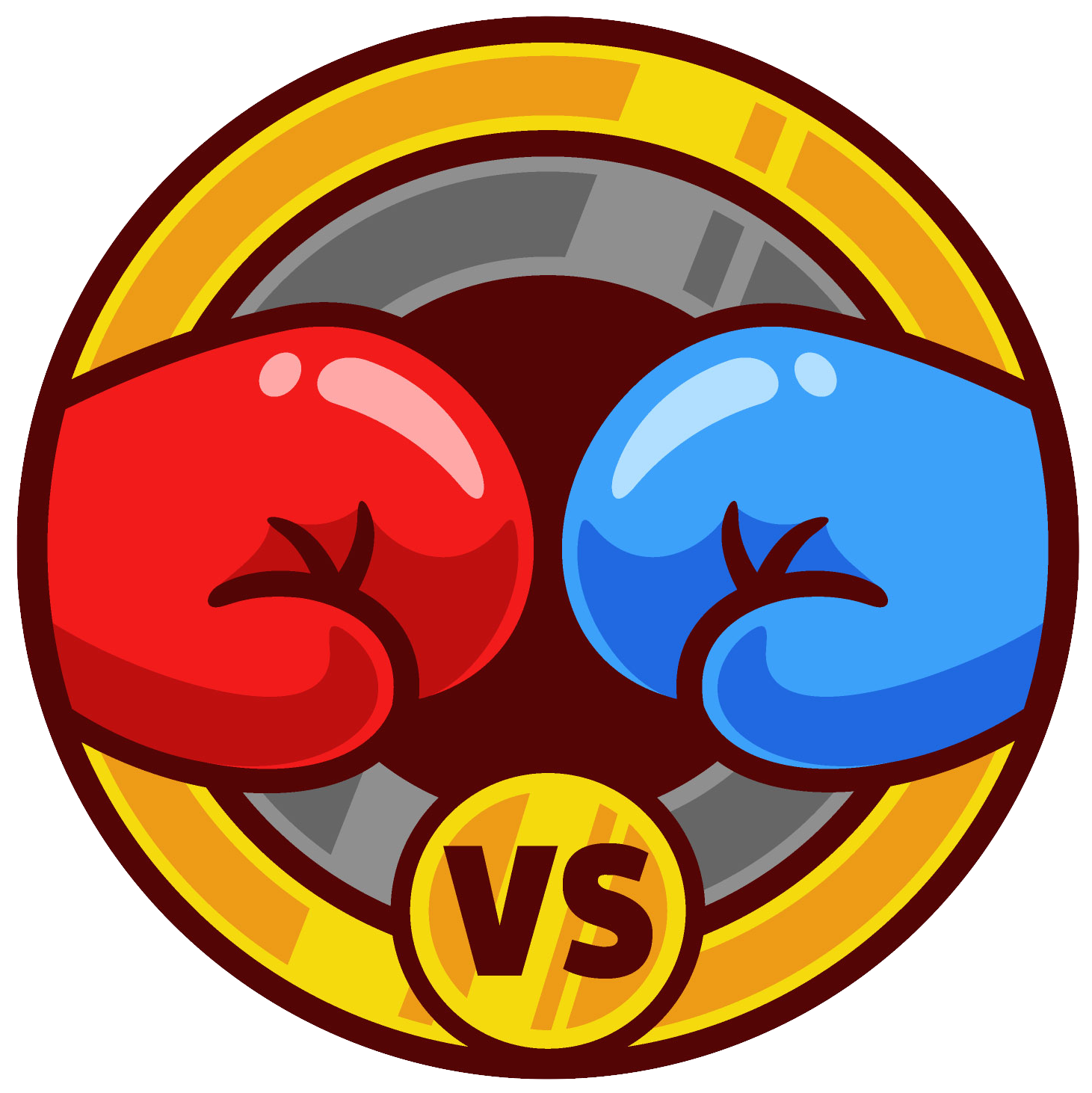The world of boxing, as thrilling as it may be, is often riddled with complexities that can influence the outcomes of high-stakes matches. One such instance occurred recently in the light heavyweight title bout between Dmitry Bivol and Artur Beterbiev. The fight drew significant attention not merely for its stakes but for the contentious nature of the results. Trainer Robert Garcia’s insights into the match provide a compelling narrative that captures the essence of the fight, the fighters, and the potential for a rematch. This article seeks to explore the factors that could shape a rematch and the intricacies of boxing strategy.
The Controversial Outcome: Who Really Won?
Dmitry Bivol entered the ring with a professional record of 23 wins and 12 knockouts, while Artur Beterbiev boasted an unblemished record of 21-0, with 20 of those wins coming by way of knockout. The bout itself was notable not just for the clash of styles but also for the differing opinions regarding the winner. While many observers and Garcia himself believed Bivol deserved the victory, the judges ultimately awarded the fight to Beterbiev. This discrepancy raises questions about the criteria judges use in scoring and what constitutes a winning performance.
Garcia points out that Bivol appeared overly cautious in the final rounds, prioritizing defense over offensive aggression. In boxing, especially in championship rounds, the ability to finish strong can heavily sway judges’ opinions. Garcia suggests that Bivol’s decision to focus on defensive maneuvers rather than striking combinations may have cost him dearly. It’s an ongoing debate in boxing circles: should fighters adopt a more aggressive approach in later rounds, or does a defensive strategy ensure survival against powerful opponents?
If a rematch were to occur—a decision still pending from boxing stakeholders like His Excellency Turki Alalshikh—what adjustments would Bivol need to make to secure a different outcome? Garcia emphasizes the importance of aggression, particularly in the last three rounds of the fight. Bivol’s reluctance to engage Beterbiev in those crucial moments may have left an impression on the judges that could haunt him in the future.
Garcia also notes a significant point about Bivol’s ability to back Beterbiev up, albeit momentarily. The fleeting success achieved when Bivol did take the initiative highlights the potential for a shift in momentum with a change in strategy. If Bivol can amplify his offensive output, particularly when Beterbiev is backing up, he could create openings that would benefit him in any potential rematch. However, the question remains: Can Bivol strike this balance without exposing himself to Beterbiev’s devastating counterattacks?
One of the most critical discussions surrounding the potential rematch is the inherent risk associated with adopting a more aggressive strategy. Garcia seems to advocate for more offensive activity, which could open Bivol to getting caught by Beterbiev’s powerful punches. The trainer’s perspective raises an essential question: should a fighter opt for a risky strategy at the risk of falling victim to a knockout punch?
Bivol’s previous experience teaches us that vulnerability in boxing is often relative to the approach one takes. In the fight’s seventh round, Bivol experienced adversity; this setback transformed his strategy into a more safety-focused style, discouraging him from seizing further offensive opportunities. If Bivol chooses to engage Beterbiev more decisively, he must do so while remaining cognizant of Beterbiev’s reputation as a knockout artist.
The Appeal of Alternative Fights
Garcia’s musings on a potential alternative bout—Beterbiev facing the victor of the upcoming clash between David Benavidez and David Morrell—add another layer of intrigue to the narrative. Such a scenario promises a more explosive matchup, with both Benavidez and Morrell known for their aggressive boxing styles.
An encounter with either of these fighters would not only captivate boxing fans but also disrupt the prevailing dynamics in the light heavyweight division. While a Bivol-Beterbiev rematch is essential for closure, the prospect of Beterbiev testing himself against other up-and-coming offensive boxers adds compelling layers to the competitive landscape.
The aftermath of Bivol’s title bout against Beterbiev continues to stir conversations about fighting strategy, judge interpretations, and what constitutes a high-stakes boxing match. With Garcia’s insights highlighting the nuances of Bivol’s performance, any future rematch, should it materialize, will serve as a pivotal moment in redefining not just these fighters’ legacies but the landscape of light heavyweight boxing. The question remains: will Bivol have the tenacity to adjust his strategy, and can he balance risk with discipline? Only time will tell as the anticipation builds for potential future encounters.

